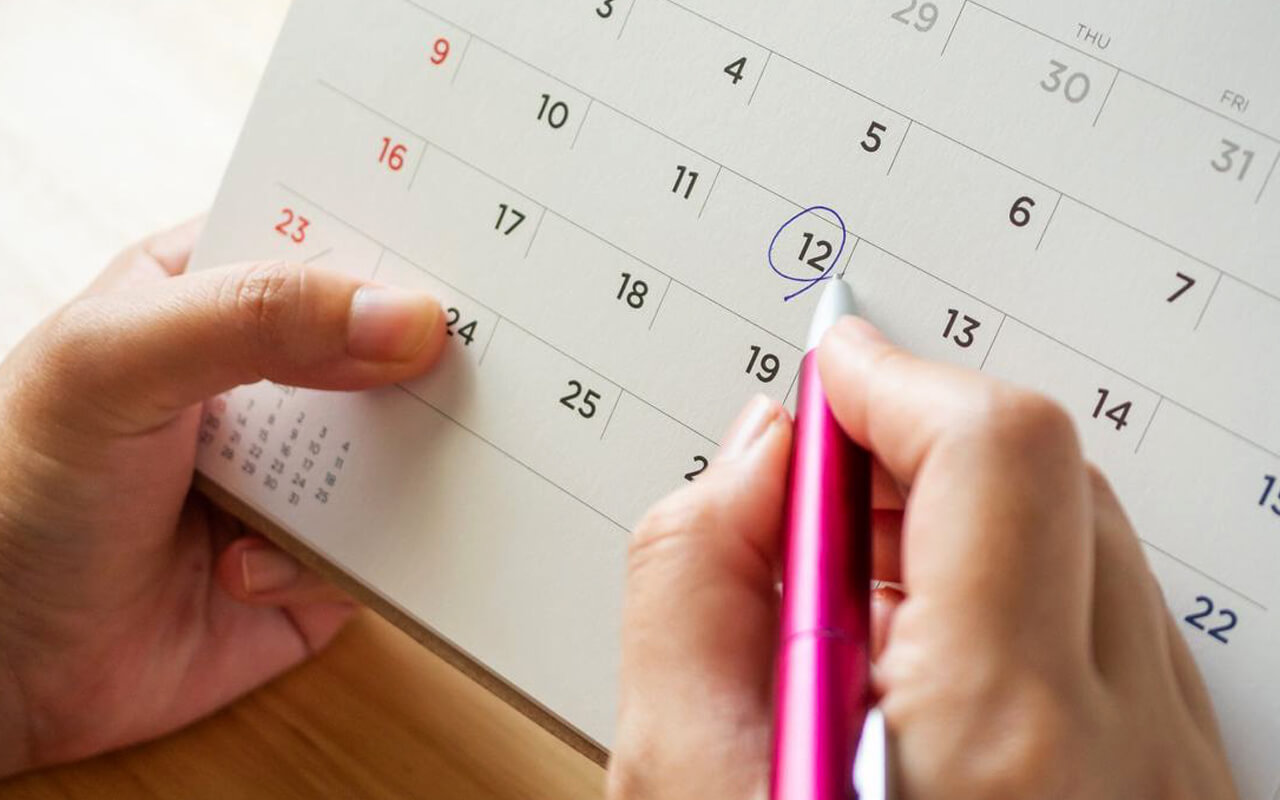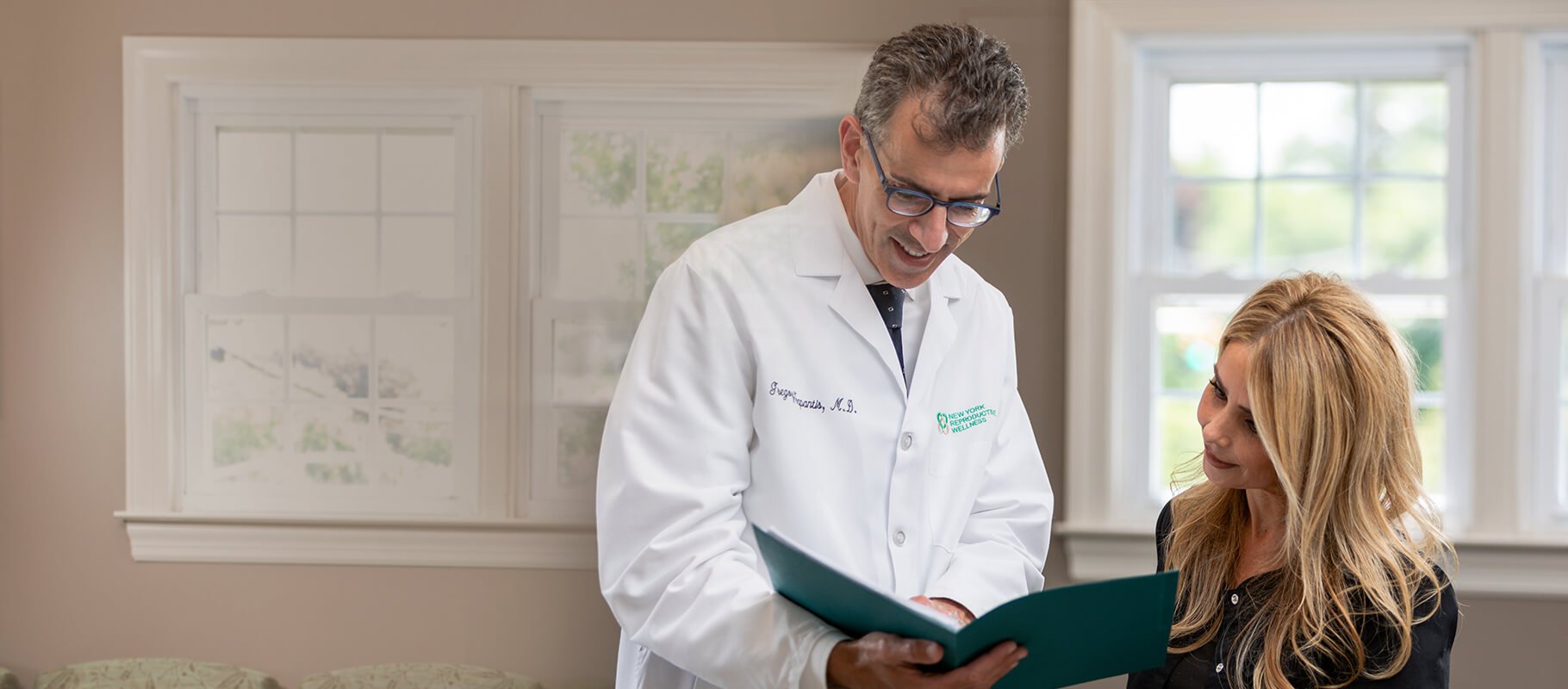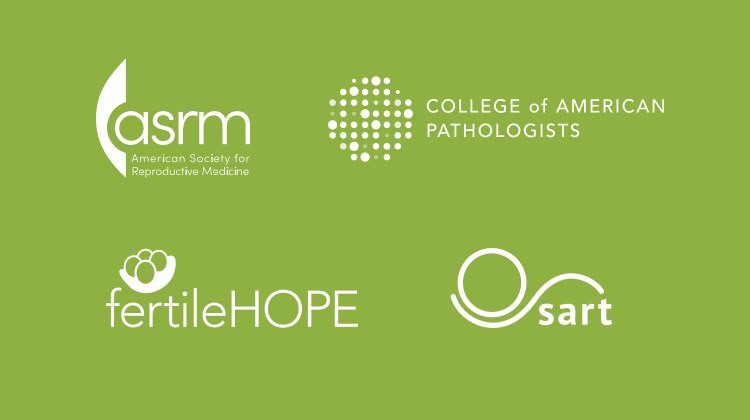When Are Women Most Fertile?

Women trying to become pregnant can increase their chances by closely tracking their monthly cycle. Pinpointing the most fertile days of the month depends on identifying exactly when you are ovulating.
Ovulation occurs when the ovary releases an egg, which then travels to the fallopian tube. If a couple has intercourse during this time, sperm can fertilize the egg, resulting in a pregnancy. Since women are at their most fertile for only five to six days a month, it’s important to track your menstrual cycle and plan intercourse around that brief window.
How to Track Ovulation Although each woman’s menstrual cycle varies, the average length counting from the first day of your period is 28 days. Around the midpoint of the cycle — 14 days if your cycle lasts 28 days — the egg is released and is ready to be fertilized. A 2013 study published in Human Reproduction concludes that your odds of becoming pregnant rise to more than 50 percent on the 12th day of your cycle.
If not fertilized, the egg will die within a day. However, it’s not necessary to have sex on the specific day you ovulate. Sperm can live in the uterus for about a week, so if you have intercourse before or during ovulation, you’re more likely to become pregnant.
Besides marking your calendar, it’s important to be aware of the physical signs of ovulation, such as clear vaginal discharge, breast tenderness, a slight rise in body temperature, and abdominal cramps. You’ll also notice an increase in your sex drive when you ovulate.
Fertility kits that detect a high level of certain hormones in the urine may also pinpoint the exact date of ovulation. As with so much of our healthcare these days, there are apps to help you monitor your menstrual cycle. Just log onto the fertility app of your choice, input your symptoms or the date of your last period, and you’ll be able to identify your ovulation day.
Other Factors That Affect Fertility Though many factors affect fertility, age rises to the top. A healthy woman in her 20s or early 30s stands the greatest chance of conceiving a child. According to the American College of Obstetricians and Gynecologists, women in that age bracket are 25 percent to 30 percent more likely to become pregnant during a single menstrual cycle. The odds steadily decrease after age 37, with a 10 percent chance of getting pregnant by age 40.
A young couple who hasn’t conceived after a year of unprotected sex may want to see a fertility specialist. After age 35, the time range shortens to six months.
Keeping an eye on your ovulation cycle is just one way to improve your likelihood of achieving a pregnancy. But if you and your partner have yet to become pregnant after six to 12 months, it’s likely time to see a doctor. A reproductive specialist can determine if there are any physical factors such as a hormonal imbalance, low sperm count, or endometriosis preventing you from starting a family.
At New York Reproductive Wellness, we’ve helped hundreds of couples conceive using state-of-the-art diagnostic tests and fertility treatments. We’ll also discuss lifestyle factors that may be interfering with your fertility. Contact us today for a consultation.







